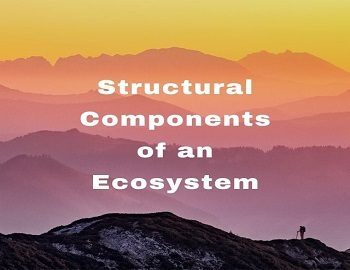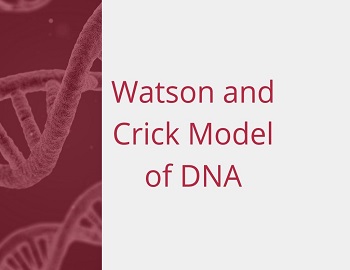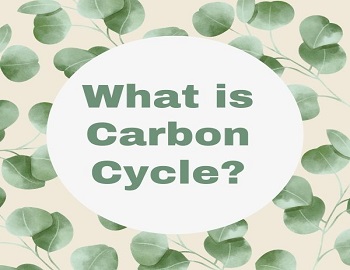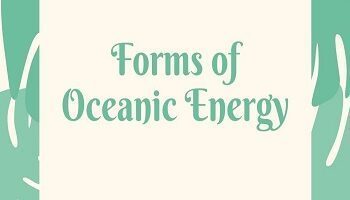Structural Components of an Ecosystem:
Ecosystem represents the close association of different populations of plants and animals in a particular geographical region together with the physical environment of that region. This term is, therefore, used to express the relationship between a biome or biotic community (consisting of plant and animal communities) and the abiotic environment in which this community exists. A forest, a meadow, a pond, a sea- all are examples of ecosystems.
An ecosystem is formed of living biological community and abiotic or non-living environment. The living community consists of green plants called producers (autotrophs), consumers (heterotrophs) and decomposers (saprotrophs). The non-living environment of the ecosystem is comprised of basic organic and inorganic components of the physical environment (carbon dioxide, water, oxygen, nitrogen etc.). There exists a system of give and take between the biotic community and the abiotic environment and hence these two are interdependent. The abiotic environment provides essential nutrients to autotrophic plants (producers). These plants then synthesize food by the process of photosynthesis. The food, thus, produced by plants (producers), is consumed, directly or indirectly by all kinds of animals and a few non-green plants (consumers). The wastes and the dead bodies of plants and animals (producers and consumers) are decomposed by some organisms such as decay bacteria and fungi (decomposers) into simple organic and inorganic substances. These products of decomposition are again taken up by the green plants from the soil for producing food. Thus, there occurs a cyclic exchange of materials between the living community and the abiotic environment.









Comments (No)